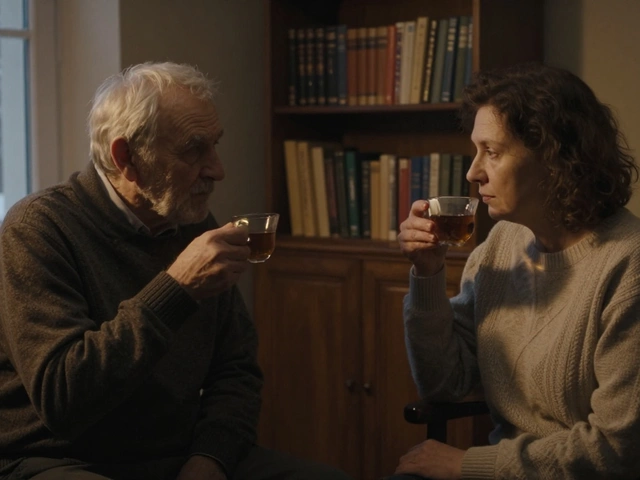What Is NATO and Why Should You Care?
When you hear the acronym NATO, most people think of military drills, joint exercises, or big‑scale peace talks. In reality, NATO is a political and military alliance that brings together 31 countries to protect each other’s security. If one member is attacked, the others are bound to help – that’s the core idea behind the famous Article 5.
Why does this matter to you? Even if you never join the armed forces, NATO’s decisions affect trade routes, energy prices, and the stability of the regions you travel to or do business with. Understanding the basics helps you make sense of news about international crises, defense budgets, or diplomatic moves.
How NATO Got Started
Back in 1949, after World War II, Western European nations felt threatened by the Soviet Union’s growing power. The United States stepped in and helped create a collective defense pact – the North Atlantic Treaty Organization. The original 12 members signed the Washington Treaty, promising to consider an attack on any of them as an attack on all.
During the Cold War, NATO’s main job was to deter Soviet aggression. The alliance grew as more countries joined, especially after the fall of the Berlin Wall. Each new member adds its own military capabilities, political weight, and strategic location to the mix.
What NATO Does Today
Today NATO isn’t just about tanks and troops. It runs cyber‑defense programs, coordinates disaster relief, and supports partners outside the alliance through training and joint missions. Recent years have seen a focus on cyber threats, hybrid warfare, and the security challenges posed by a changing global order.
Member nations meet regularly at the NATO Summit, where leaders discuss defense spending, strategic goals, and how to respond to emerging crises. The alliance also works closely with the European Union and the United Nations, making sure that diplomatic and military tools complement each other.
If a country outside the alliance feels threatened, NATO can offer reassurance without direct combat. For example, NATO’s presence in the Baltic states helps deter aggressive moves, while its air patrols over the Mediterranean provide a safety net for nations dealing with instability.
Funding is a hot topic. Each country pledges to spend at least 2 % of its GDP on defense, a target meant to keep the alliance strong and share the burden fairly. When members fall short, it creates debate about fairness and the future direction of the organization.
In short, NATO acts like a security club where members look out for each other, adapt to new threats, and try to keep the world a bit safer. Whether you’re watching the news, planning a trip, or following international policy, knowing the basics of NATO helps you see why certain headlines make the front page.
Stay tuned to PJP Tennis Hub’s tag page for the latest posts that mention NATO, from sports events affected by security concerns to deeper dives into the alliance’s role in today’s world.
Romania put forces on high alert after an alleged Russian drone crossed its airspace on September 15, 2025. Details remain sparse, but the incident fits a pattern of spillover risks along the Danube as Russia targets Ukrainian ports. NATO monitoring, EU consultations, and forensic checks typically follow. The stakes are high: a misread drone flight can trigger a defense and diplomacy test on NATO’s frontier.
Continue reading...



